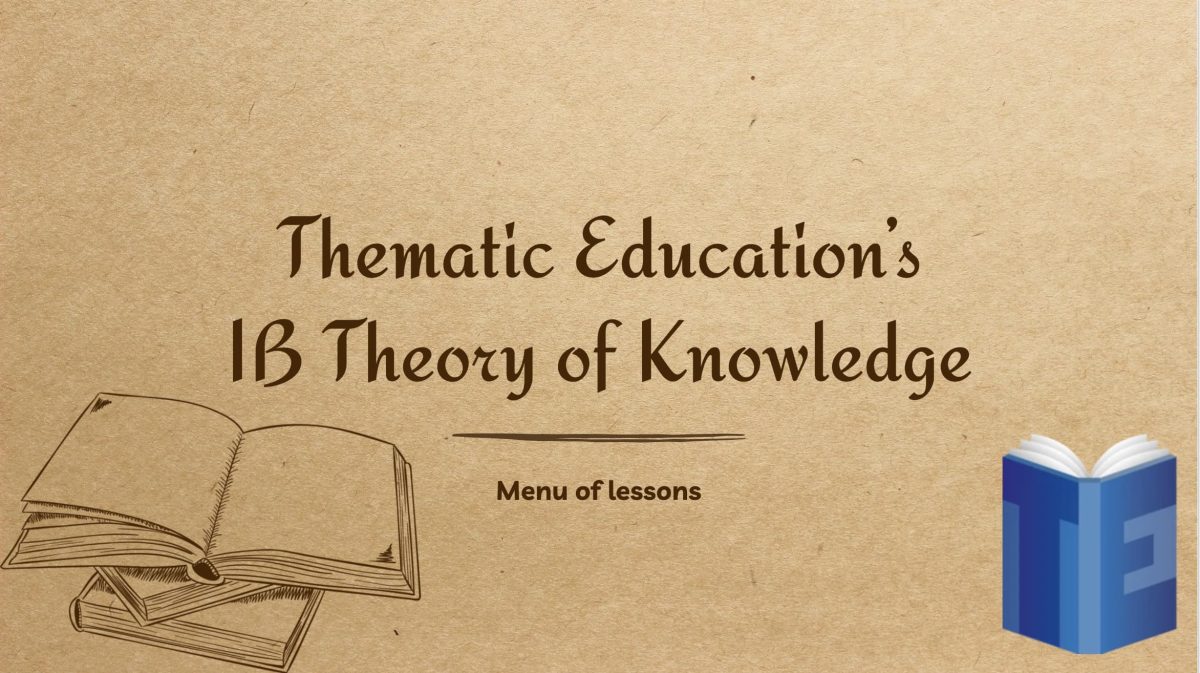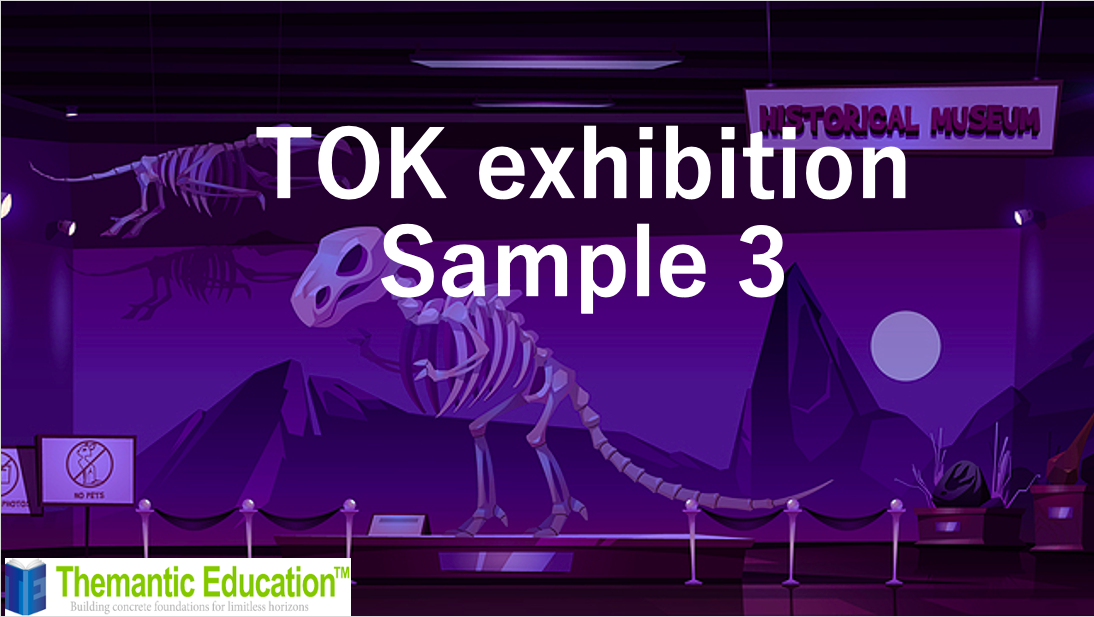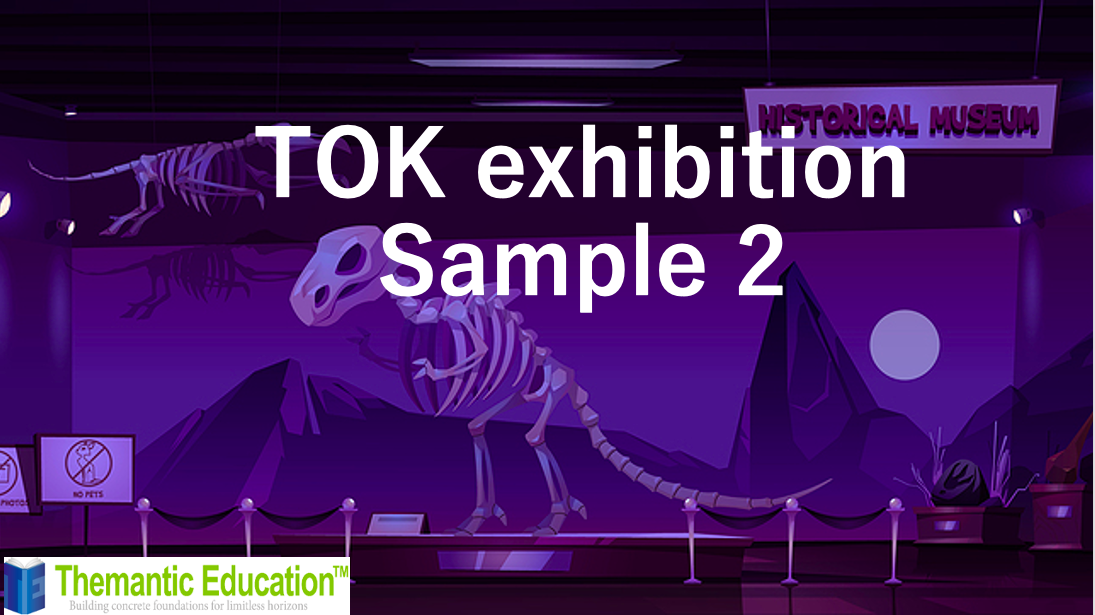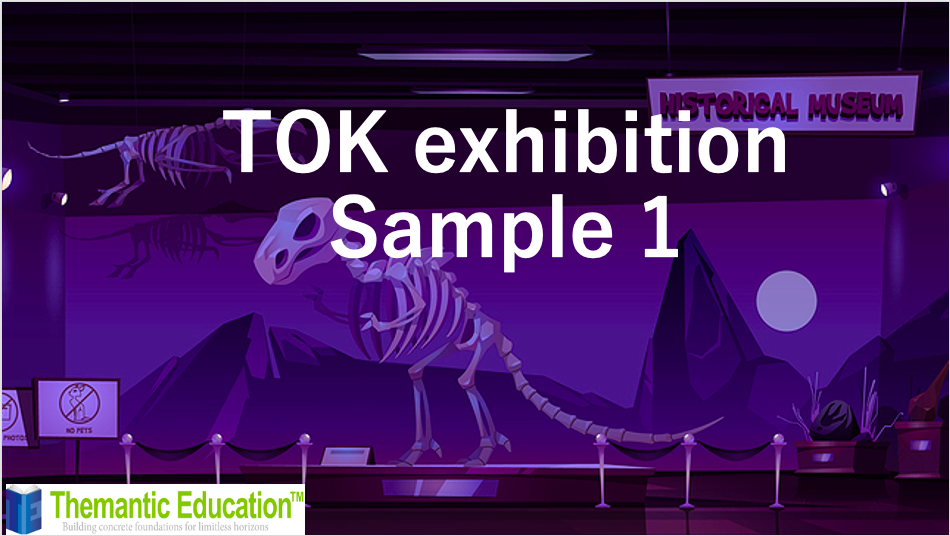*** Problem *** A big change in my day-to day teaching of TOK that I made recently is the introduction of workbooks into every lesson. I was looking back at my teaching experience and realised one thing. When we start teaching this new daunting subject, we worry a lot more about how we will teach than how our students will …
Does TOK as a subject have its own content?
I heard many times how someone claimed that TOK as a subject has no content of its own. TOK, they said, uses the content knowledge students already have from all their other subjects, and the purpose of TOK is to reflect on that knowledge. I understand where they are coming from, but I disagree. I think that perhaps the biggest …
Themantic Education’s menu of lessons
We believe in the powerful combination of structure and flexibility. That’s how Themantic TOK materials are designed. On the one hand, you can take our materials and use it as a ready-made, fully developed course. Follow our sequence of lessons, use our lesson plans, activities and workbooks, and take your students through this whole pre-designed learning experience. On the other …
TOK exhibition Sample 3
This is our THIRD TOK exhibition sample: the written commentary itself as well as a video that gives a step-by-step explanation of the full creation process. TOK exhibition Sample 3 uses the following approach: Start with a particular topic or concept Find an interesting object related to this topic or concept Find a suitable prompt Find the other two objects …
TOK exhibition Sample 2
This is our SECOND TOK exhibition sample: the written commentary itself as well as a video that gives a step-by-step explanation of the full creation process. TOK exhibition Sample 2 uses the bottom-up approach: Find the first object (possible linked to a theme) Find a suitable prompt Find the second object to add something new to the idea of the …
TOK exhibition Sample 1
In this post you will find the first one of our TOK exhibition samples: the written commentary itself as well as a video that gives a step-by-step explanation of the full creation process. TOK exhibition Sample 1 uses the following approach: Choose the IA prompt Think about one aspect in relation to it Find an object supporting it Link the …
Themes as an opportunity: Teaching areas of knowledge through themes
This blog post belongs to a series entitled “Traps and loopholes in the new TOK syllabus.” You can access the full list of blog posts in the series here. In two of my earlier posts I explored some “traps” in the new TOK syllabus associated with the new “themes”. IB TOK has been split into Themes and Areas of knowledge. …
Personal and shared knowledge as an opportunity: Why we need these terms back when we teach thematically
This blog post belongs to a series entitled “Traps and loopholes in the new TOK syllabus”. You can access the full list of blog posts in the series here. In the previous blog post (see here) I suggested that the distinction between personal and shared knowledge was removed from the new Guide because it does not sit well with the …
Personal and shared knowledge as a trap: Why has the difference been removed?
This blog post belongs to a series entitled “Traps and loopholes in the new TOK syllabus.” You can access the full list of blog posts in the series here. Earlier I explored traps and opportunities in the new TOK syllabus associated with the “compulsory” knowledge framework and the new “themes” (for an overview of the new TOK spec, see The …
Themes as a trap: does the TOK exhibition have to be based on one of the themes?
This is the fifth in a series of blog posts entitled “Traps and loopholes in the new TOK syllabus”. You can access the full list of blog posts in the series here. As you know, in the new TOK syllabus the old presentation was replaced by the TOK exhibition for the Internal Assessment (IA). Students need to display three real-world …
- Page 1 of 2
- 1
- 2









